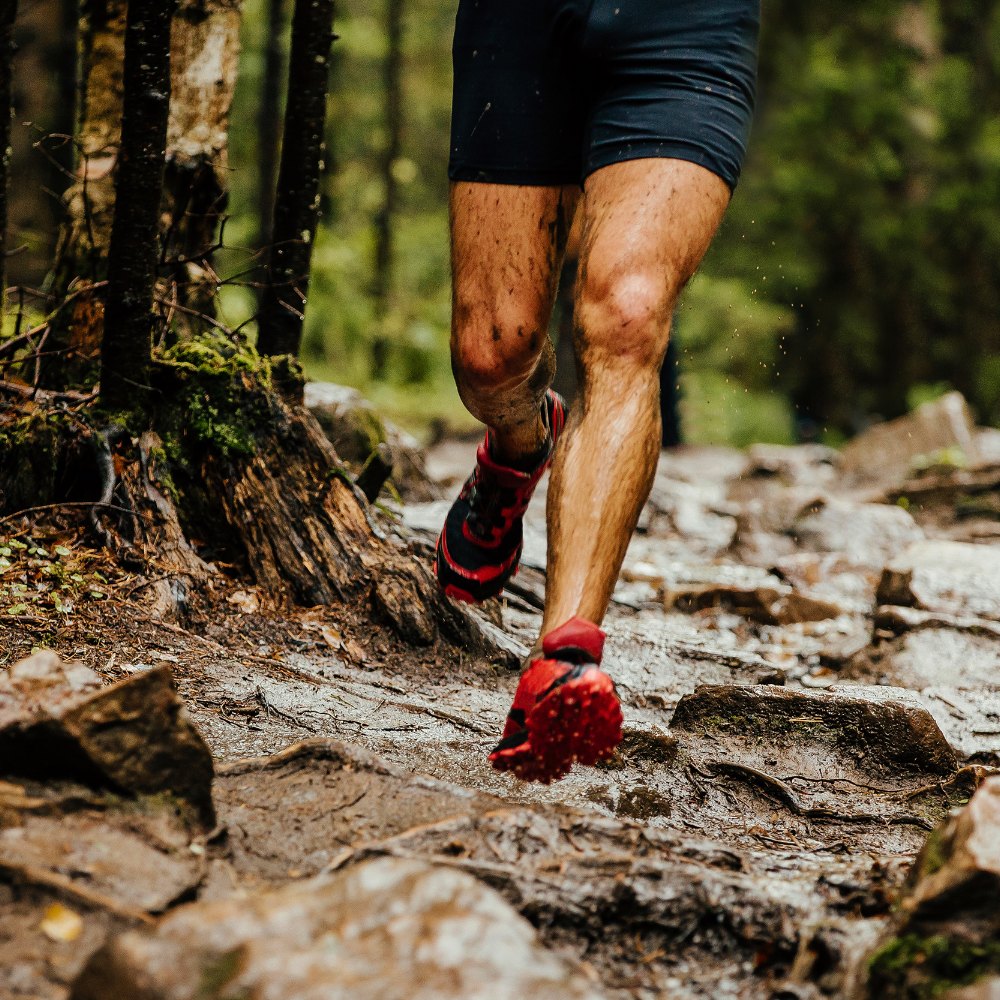Bone Spurs
You can’t wait to get off of your feet at night…but each time you get into bed, you dread putting your feet on the floor in the morning. It’s not that you’re exhausted; you just can’t stand the pain in your heel, and it’s always at its worst right when you wake up. The only relief from the pain comes at the end of the day, but you are hardly relieved when you know the cycle will start all over again. Dr. Melhuish can help you to walk—not hobble—out of bed each day.
Common Causes and Symptoms of Bone Spurs
Bone spurs are deposits of calcium that build up on existing bone near a point of chronic irritation or strain in a muscle or connective tissue—such as the plantar fascia. When you repeatedly tear the membrane covering the heel bone, your body may respond by attempting to “repair” the problem with a bone spur.
Bone spurs can occur anywhere in the body, but the underside of the heel is a very common location for them to develop. On their own, bone spurs are not painful. However, bone spurs in the feet can indirectly cause pain during weight-bearing, if this causes the spur to burrow into or rub against sensitive soft tissues.
You may be at increased risk for heel spurs if you have:
Plantar Fasciitis – Heel spurs and plantar fasciitis often go hand-in-hand. If the long ligament on the bottom of the foot (plantar fascia) is overstretched, it may pull on the heel bone, causing calcium to build up as the heel repairs itself. A spur may form on the underside of the heel through the repeated process of mending and tearing.
Health Problems – People who are overweight or suffer from diabetes are more likely to develop bone spurs, as they may have gait abnormalities that over-stress the bones and ligaments in their feet.
Increased Activity – A sudden increase in physical activity can aggravate the plantar fascia, leading to calcium deposits on the heel bone. This is especially likely if people jog or walk on hard surfaces, perform sudden bursts of running or jumping, or wear shoes that do not provide proper cushioning.
Tight Shoes – Some bone spurs will develop on the back of the heel instead of the bottom. These spurs are often called “pump bumps” because they are often seen in women who wear high heels, but are also the result of wearing shoes that are too tight or spending all day on your feet in ill-fitting shoes.
Will I Need Surgery for a Bone Spur?
Contrary to popular belief, most people with heel spurs will not need surgery.
Sometimes the pain isn’t actually caused by the spur at all, but instead by a case of chronic plantar fasciitis that hasn’t been properly addressed yet. Once the soft tissue injury that caused the spur is gone, your symptoms may be gone, too.
Even if your heel spur is symptomatic, non-surgical treatments will be able to limit the stretching, tearing, and rubbing of the spur against the soft tissues in the heel. We may recommend conservative therapies such as stretching, physical therapy, footwear modifications, or orthotics.
If conservative treatments are unsuccessful, surgery may be considered to either remove the spur, or to release the plantar fascia to alleviate the tension.
At Sierra Foot & Ankle, we can examine your feet and your shoes to determine if their interaction is aggravating your condition, and we can create 3-D custom orthotic inserts to accommodate flat feet or high arches. Call us at (775) 783-8037 or fill out our quick appointment request form to see if we can see you in our Carson City office today!
Get In Touch
Address
2350 South Carson St
Suite 3
Carson City, NV 89701
Contact
Call: (775) 783-8037
Fax: (775) 782-3787
OPT-IN To Text:
By texting our office at
(775) 783-8037 from your mobile phone, you are consenting to receive SMS text messages from our staff. Reply STOP to unsubscribe.
*Read our Privacy Policy & Terms and Conditions.
Social




© Sierra Foot & Ankle. All Rights Reserved. Privacy Policy.
Web Design by CP Solutions. Marketed by VMD Services.


